Asscher Cut Vs. Princess Cut – What are the Differences?

If you are in the market for a square shaped diamond engagement ring, you might have come across terms like the princess cut and Asscher cut. To a layman, it can be easy to get confused between these 2 types of diamonds because they can look similar at first glance.
However, there are important differences between them that can affect durability, prices and light performance. In this write-up, we will do a deep dive into the differences between the princess cut and Asscher cut diamond to help you better understand them.
Hopefully, this will enable you to make better purchasing decisions. Ready? Let’s jump straight in…
Here is a list of topics we will be covering:
- What is a Princess Cut Diamond?
- What is an Asscher Cut Diamond?
- Asscher Cut vs Princess Cut – Which is More Expensive?
- Asscher Cut vs Princess Cut – Which Has Better Sparkle?
- Asscher vs Princess Cut – Clarity Concerns
- Asscher vs Princess Cut – Color Matters
- Which is the Better Shape And Which Should You Buy?
What is a Princess Cut Diamond?
A superb 4 sided squarish princess cut diamond.
Princess cut diamonds are often described as square modified brilliants or rectangular modified brilliant in grading reports. Their facet arrangements can vary depending on how a cutter decides to polish the rough diamond. As a result, this gives rise to a wide range of appearances and flavors.
The profile of a princess cut is shaped like an upside-down pyramid and most of the weight is retained in the pavilion area. For this reason, princess cut diamonds tend to look smaller for their carat weights compared to other fancy shape diamonds.
That said, princess cut diamonds possess superb brilliance and a great ability to disperse light.
What is an Asscher Cut Diamond?
GIA certified Asscher cut diamond.
The Asscher cut is a step cut diamond that has a squarish outline with cut corners. What’s unique about a step-cut is that the individual facets are polished in rectangular (or square-like) facets and graduate in a step-like manner from the diamond’s table.
Due to the cropped corners, the diamond resembles an octagon with 8 sides and displays a distinctive windmill patterning. In the market, most Asscher diamonds are cut with high crown angles and deep pavilions to create the mesmerizing contrast patterning and brilliance.
Asscher Cut vs Princess Cut – Which is More Expensive?
Square shape diamonds like the princess cut and Asscher cut diamond tend to have a lower cost per carat compared to round cut diamonds. This is because the pyramid shapes of both princess and Asscher cut diamonds allow higher yield to be obtained when polishing a rough diamond.
Both shapes of diamonds are highly affordable compared to round diamonds. However, I generally find that princess cut diamonds are 3-5% less expensive compared to Asscher cut diamonds with similar material properties.
Here’s a price comparison chart to give you an idea of how much they cost across various carat sizes, color and clarity grades.
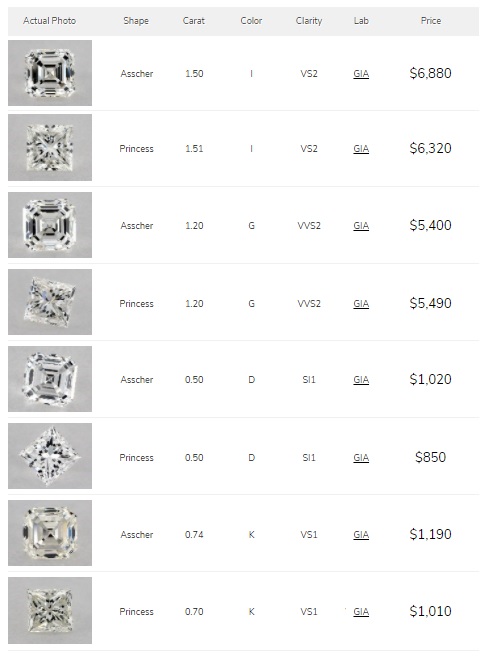
In the grand scheme of things, there is only a small difference in prices between these 2 shapes and it isn’t significant enough to justify a clear choice between them based on cost.
With that said, the popularity and affordability of princess cut diamonds do result in jewelers carrying more inventory for them. Hence, it will give you more options to choose from and make it easier to cherry pick a princess cut diamond for a given budget.
Asscher Cut vs Princess Cut – Which Has Better Sparkle?
A super ideal cut princess diamond engagement ring from James Allen.
Cut quality determines the amount of sparkle and brilliance a diamond displays. In general, princess cut diamonds offer a higher level of light performance due to the brilliant cutting style compared to the step-cutting style of an Asscher diamond.
Now, don’t get me wrong. I’m not saying that Asscher cut diamonds will not display good fire and brilliance. They actually do IF the diamond is well cut. However, if we were to make comparisons of the best cut princess vs the best cut Asscher cut diamond, the princess cut diamond would edge out the Asscher in terms of fire and brilliance.
That is due to light physics and the brilliant cutting style of the princess diamond. On the other hand, Asschers are step-cut diamonds where their facets run in a series of parallel and rectangularish shapes. This affects the way light is reflected and refracted which in turn, leads to lesser brilliance.
Asscher Cut vs Princess Cut – Clarity Concerns
Clarity is perhaps the most misunderstood attribute of the 4Cs as most people get too hung up about “seeing” inclusions in their diamond.
With princess cut diamonds, the extra facets and cutting style allow the diamond to break up and disperse light efficiently. This helps to hide inclusions and allows you to get eyeclean diamonds without needing high clarity grades. Below, I’ve listed 2 SI1 diamonds that you can click on and interact with.
Can you tell whether the left or the right diamond is eyeclean?
In general, I would recommend buying in the SI1 or VS2 clarity grades as long as the diamond is eyeclean and this can save you a lot of money. On this note, I would add that you need to avoid diamonds with large feathers or cavities found near the 4 pointed corners because they are structurally weaker points where chipping can occur.
Asscher cut diamonds are “less eyeclean” and it is easier to see inclusions in step cut diamonds because the facets act like open windows into the diamond’s body. For this reason, Asscher cut diamonds usually require a minimum of VS2 or better clarity grades to stay eyeclean.
Both these Asschers have a VS2 clarity grade but one is eyeclean and the other isn’t.
As you can see in the examples above, a higher clarity grade may not guarantee eyecleanliness. A grading report only lists the inclusions and where they are found. However, it doesn’t tell you how the diamond will look like. This is why it is important to inspect a diamond and see how it looks like before buying it.
Asscher vs Princess Cut – Color Matters

Comparison of H color princess cut vs Asscher cut diamond in the face up view.
Similar to clarity, princess cut diamonds allow you to get away with lower color grades while still facing up white because of their better light return. You see, sparkle and brilliance can make the yellow tints less visible. For princess cut diamonds, I would generally recommend an H or better color.
On the other hand, the opposite is true for the step cut Asscher diamond. Due to the step patterning and light return, they tend to show more of their body color. As a result, I would recommend a G or better color grade if you want a diamond that faces up white.
Which is the Better Shape And Which Should You Buy?
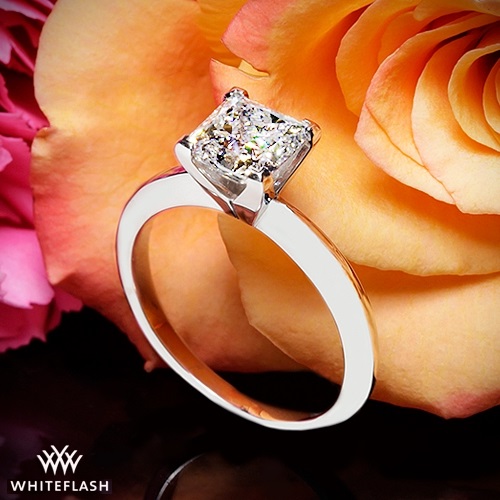
A gorgeous princess cut solitaire diamond ring from White Flash.
When comparing Asscher cut vs princess cut diamonds, there are pros and cons to both types of diamonds and there isn’t necessarily a “winner” between them. Ultimately, the choice of shape really depends on your style and personal preferences.
Asscher cut diamonds are an embodiment of the Art Deco period and exude a vintage charm with their step-cut facet patterning and geometric appearance. Compared to the brilliant-cut of a princess diamond, step-cut diamonds have lesser light return and fire.
In my opinion, Asscher cut diamonds work well in vintage ring designs and colored metal settings because of the sophisticated look they exhibit.
On the other hand, the princess cut is the most affordable shape and offers an outstanding amount of brilliance. The 4 pointed edges and outline also create a modern look that can easily complement sleek looking ring settings.
But, if you ask me which shape I would choose between them, I personally would prefer the Asscher cut because of its unique hall of mirrors effect. Sure, a well cut princess diamond is going to have better sparkle and light return compared to an Asscher cut diamond.
But if I were going for performance, I would have gone for a super ideal cut round diamond instead as the unique, mesmerizing appearance is something that only an Asscher cut can provide.
Now I want to hear from you. When it comes to the princess cut vs the Asscher cut diamond, which shape do you prefer? Let me know by leaving a comment below! If you have any questions or need help with a diamond selection, feel free to get in touch as well.
Related Articles
Leave A Comment


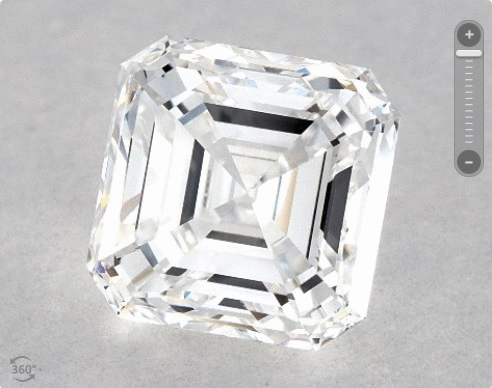
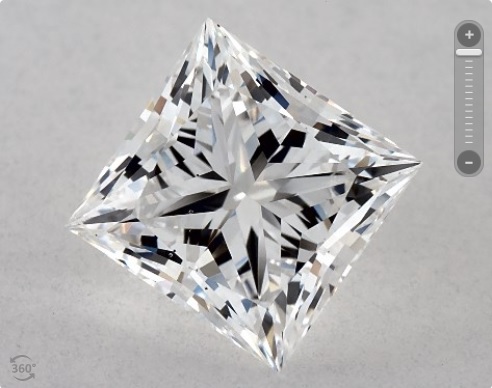
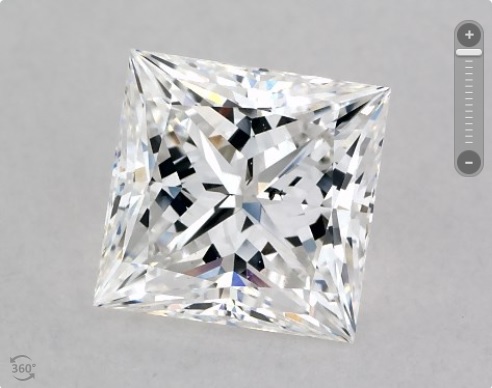
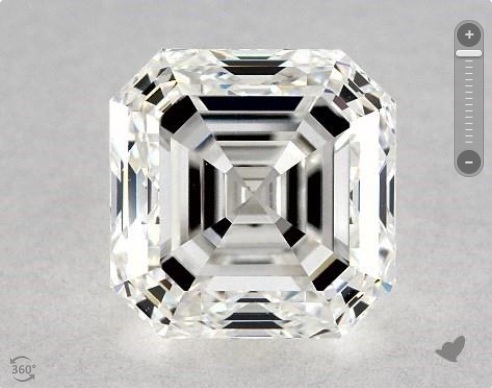
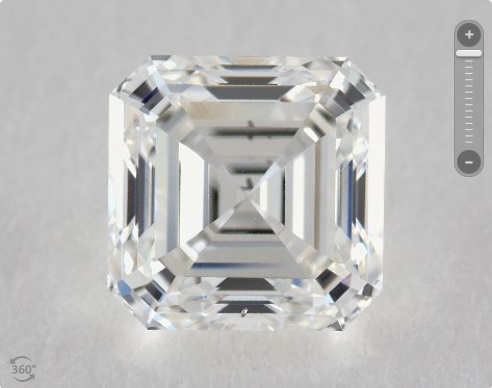
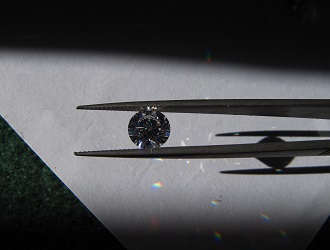
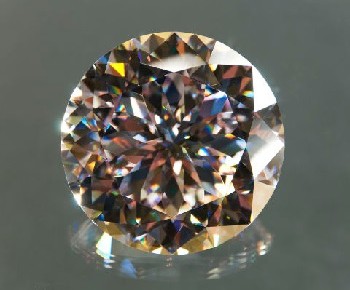











2 Comments
Many thanks for the write up and the indepth images to show princess vs asscher cut diamonds. Have you heard of the royal asscher diamond? It is supposed to be the best performing square cut diamond in the world and a jeweler showed me a couple of those and they were dazzling.
Yes. I’ve heard of the Royal Asscher cut. It’s a branded type of asscher cut and commands a price premium. If you asked me, I would say that the price premium is justifiable because these are really well cut stones where the cutting house has strict standards to maintain the consistency of the brand. As for whether they are the best square cut diamonds, that’s up for debates. There are also variants and branded cuts of princess diamonds that look fantastic though. The solasfera princess cut diamond is one of them that have superb light return too.